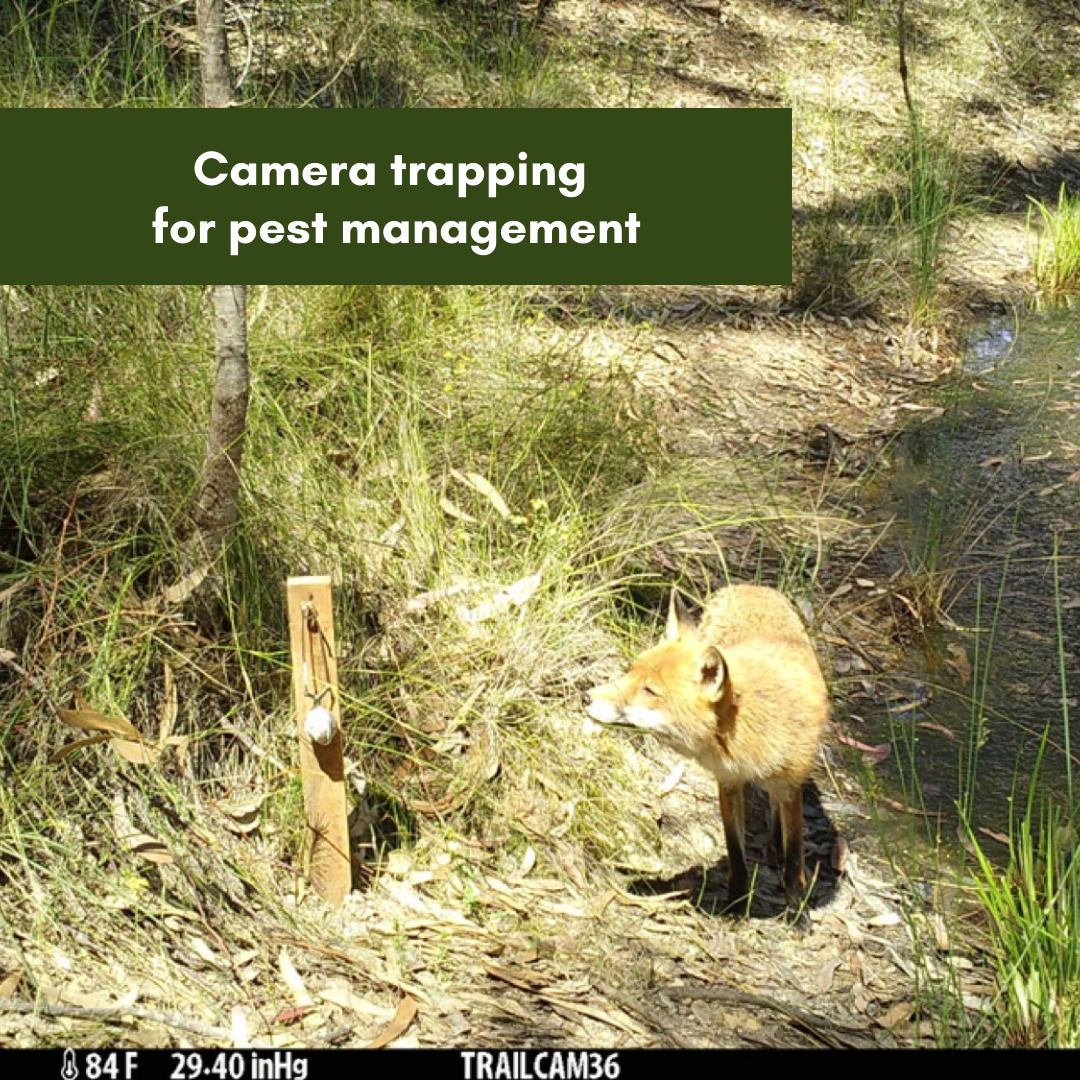Victoria Dixon, HRLN Project officer
As part of HRLN’s project Supporting Landcare with post-fire and habitat recovery (HR03963), there has been a program of camera trapping in the Congewai, Wollombi/Laguna and Broke/Bulga Landcare regions. The aim of this program has been to identify the level of pest vertebrate activity, particularly foxes and feral dogs, with a view to aiding local landholders with pest management plans on their properties.
What is camera trapping?
Camera trapping involves setting up a remote sensing camera and a bait station loaded with an attractant. The cameras owned by Landcare are mostly Browning Dark OpsTM brand and are passive infrared cameras: they are triggered by changes in movement and ambient temperature, regardless of the light available although pictures taken during daylight hours are colour and those after dark are black and white.
Camera trapping has several advantages over other survey methods. Firstly, it is efficient: a camera trap does not need to be constantly monitored by a human, it is a “set and forget” premise of surveying. It causes minimal disturbance meaning that animals are less likely to be afraid and avoidant, particularly after a little time has passed after set-up. And it is easily adaptable to different target species by changing the type of bait, the camera settings or the type of camera being deployed. Of course, there are also disadvantages including a very rigid field of view: an elephant (though it seems unlikely …) could walk behind the camera and it would not be recorded – it is one moment in one place. The region of the survey needs to be accessed – twice – which increases potential disturbance and resource outlay. Variability in technology between brands and models are ever changing including detection zones, trigger speed and reliability, image quality, battery life, etc. Finally, any issues with the set-up are unlikely to be known until retrieval, potentially wasting time and effort. Issues including forgetting to turn the camera on after installation, too much vegetation between the view finder and the bait station or located in a place where too many non-target animals will frequent – eg. Stock in paddocks.
Congewai, Pest Vertebrates (for example):
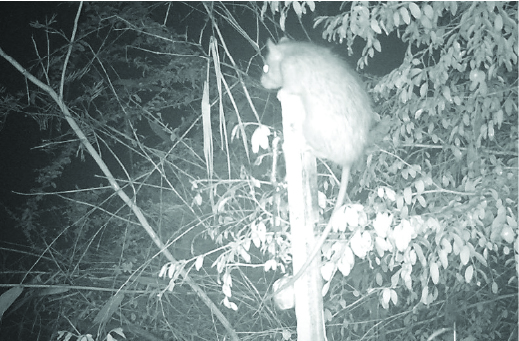
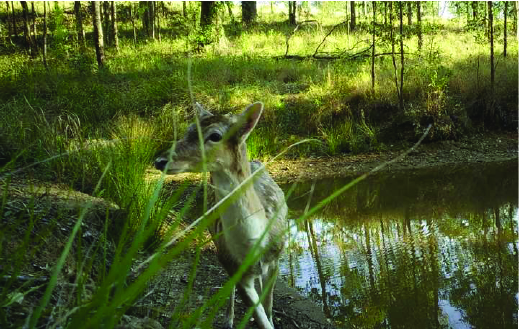
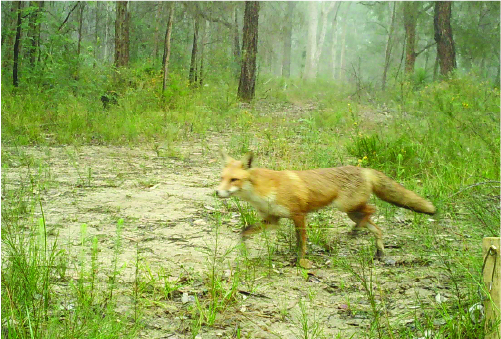
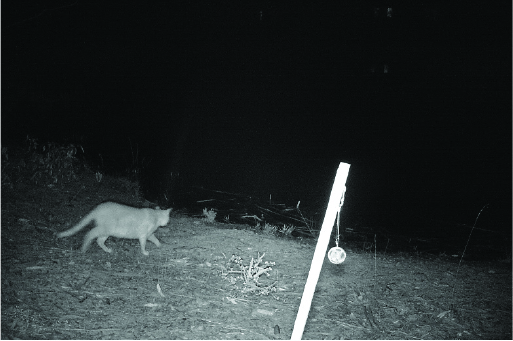
Wollombi/Laguna and Broke/Bulga Pest Vertebrates (for example):
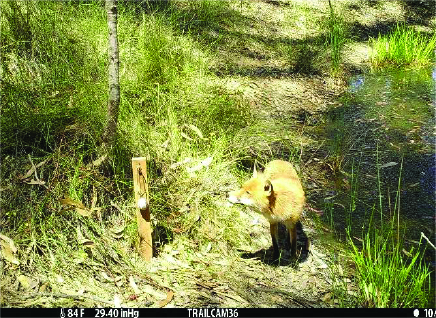
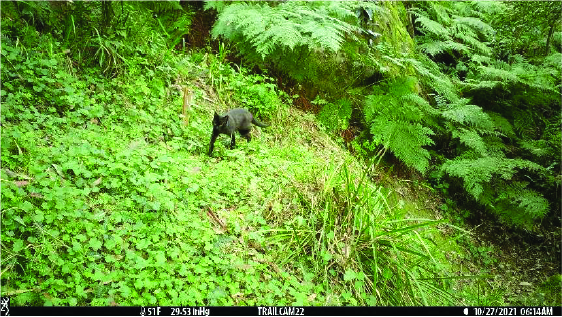
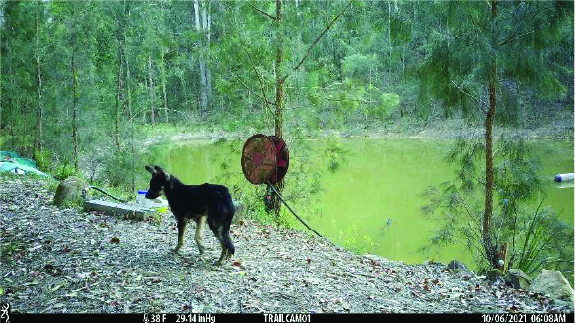
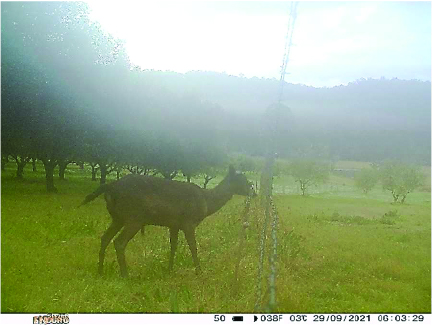
From conducting these surveys, we can glimpse a snapshot of what types of pests are more commonly captured in particular areas around these regions. This leads to a much more efficient management strategy – whether the decision is to bait, trap or shoot – and hopefully, a decline in native wildlife as well as stock losses.
A few of the natives captures.
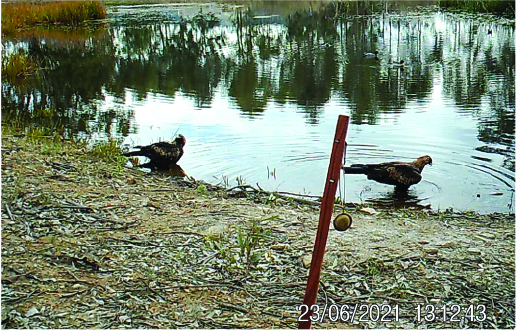
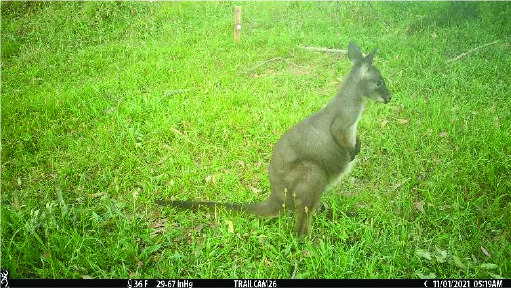

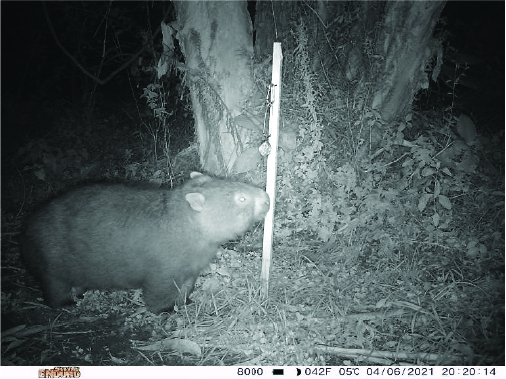
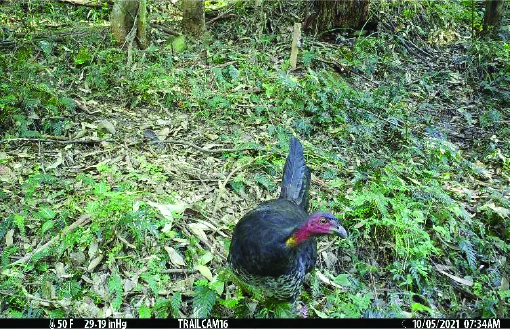
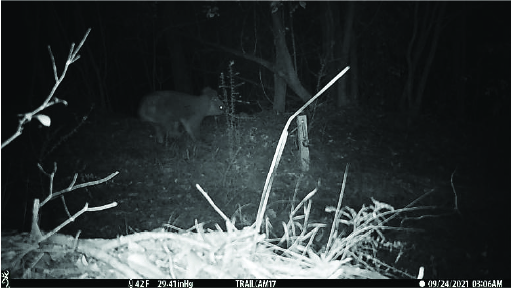

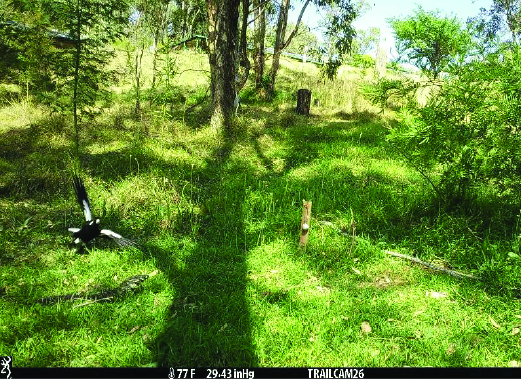
A presentation has already been run in Congewai to inform the landholders what was found on their properties and there will be another for Wollombi/Laguna in March. Once pest management strategies and another camera trapping program from late March to early May will help define the level of success, after which landholders will be encouraged to continue with monitoring their properties.
Thanks to:
Landholders of the Congewai, Wollombi/Laguna and Broke/Bulga landcare regions; John Atkins from Kurri Kurri TAFE Environmental Sciences; and HRLN staff who assisted in this project so far.

